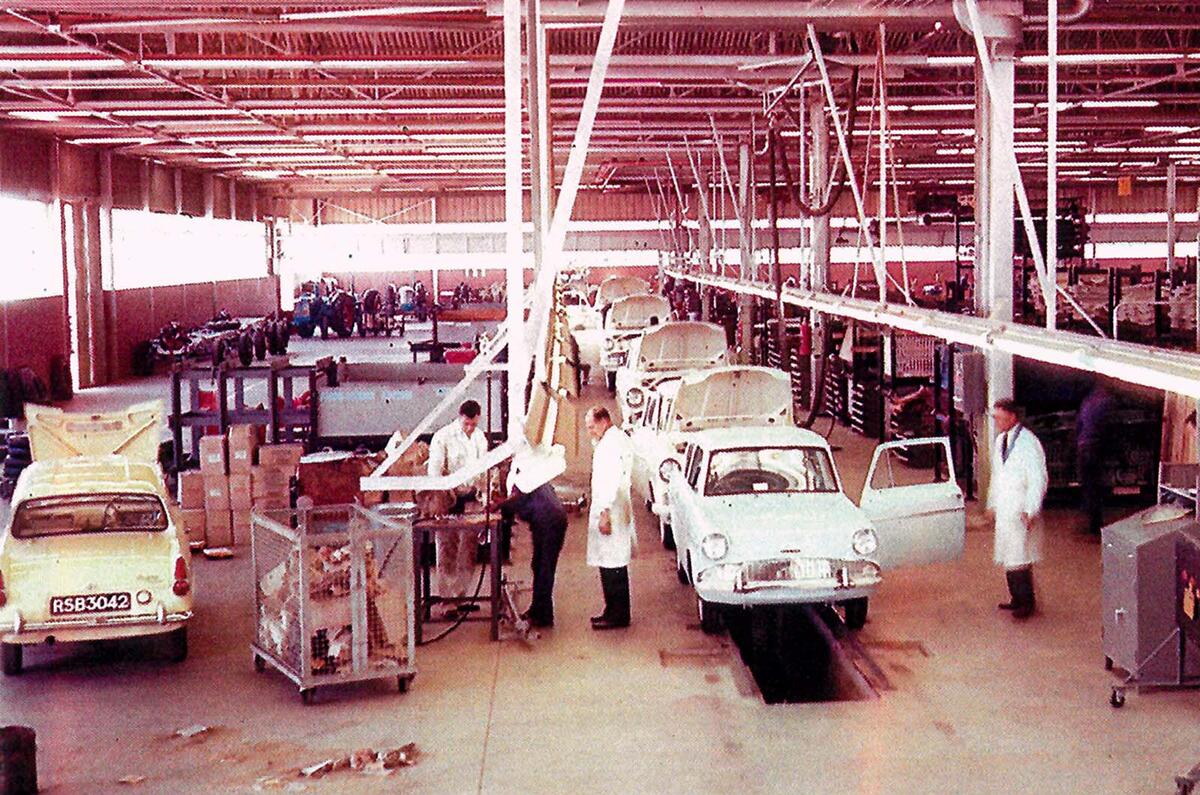As the world rebuilt from the ruins of war, economic miracles occurred in nations both victorious and defeated.
Among them was one that few know about today: the Central African Federation (CAF), founded in 1953.
Large reserves of gold, asbestos, chrome and copper, farmland that allowed for both self-sustaining food and tobacco for export, and the mass arrival of skilled workers from Europe resulted in a massive influx of investment and constant production rises. Within just one lifetime, this area of empty bush land had become an industrialised society on par with New Zealand.
Car makers were keen to get in on it, for obvious reasons. “To the Rhodesian, a vehicle is not a luxury but more of a necessity of life than an overcoat,” Autocar reported on visiting in 1958. “Literally no one can exist here without one, and less than 2% of the male population of licensable age do not own one.”
Autocar Archive returns: 128 years of magazines available online
The British Motor Corporation (BMC) was the first to arrive in the CAF. Like it had already done in Australia and South Africa, in 1958 it decided to build a factory to assemble completely knocked-down car kits shipped from the UK to Mozambique and up the steam railway to the city of Umtali.
The first of these cars – which differed slightly from ours, having around 20% local content – rolled off the line in October 1960, by which time the CAF market had reached 10,000 car and almost 4000 commercial vehicle sales per year. Products would include the Austin Cambridge, Westminster and 1100; the Morris Minor and Oxford; and the Mini and Moke, adopted by the police and army.
Ford of Canada followed suit, building a factory further north, in the capital of Salisbury. Machinery and tools were shipped from the Americas and Australia, and again vehicles were produced from completely or semi-knocked-down kits.
Products made from July 1961 were as varied as the Anglia and Zephyr saloons, Transit vans, Fordson tractors and Thames Trader trucks, with many of their components sourced from South Africa. Within just seven months, Salisbury had built 1000 vehicles.
Then in 1963, a local firm built a plant in Lusaka to make Willys jeeps and Rover opened one in Salisbury to build Land Rovers.
However, almost as soon as these enterprises had got going, they were thrown into crisis. Africa was rapidly being decolonised, its indigenous people becoming ever more conscious of their historic identities and of their oft-brutal marginalisation. And so in 1964, North Rhodesia and Nyasaland forced the dissolution of the CAF and re-established themselves as Zambia and Malawi.
The white minority government of South Rhodesia refused to give up their way of living, but the UK refused to grant it independence unless it enacted majority rule – and so it declared unilaterally.
Sanctions were swiftly imposed by global powers, adding to those already put in place by the nation’s new neighbours. Certain goods became unobtainable, the cost of living soared by 25% in just a few months and the vehicle factories quickly depleted their stockpiles.
By early 1967, both the BMC and Ford sites, each employing several hundred people, had had to stop working entirely.
Thereafter, things had to be done illegitimately. Soon cars from France, Germany, Italy and Japan were being made, and so the best-selling cars in Rhodesia were the Renault 4, Peugeot 404 and Datsun 120Y.
Despite isolation from an angry international community and a brutal civil war (for which the army created an arsenal of fascinating makeshift combat vehicles using old Land Rover and Isuzu truck chassis), the economy continued to prosper. Amazingly, in fact, Rhodesia even continued to hold Formula 1 grands prix and developed its own car, the GNW Duiker, based on the Renault 12 but featuring 80% local content.
However, by 1979, Ian Smith’s discriminatory government had to give in to proper democracy.
Regrettably, the first election was won by Robert Mugabe, who inflicted terror, corruption and total economic collapse, leaving the new country of Zimbabwe, for all its potential, with an economy and a society on par with Haiti.
At least its main vehicle plants aren’t lying derelict, nowadays assembling pick-ups and buses under Chinese stewardship.




Join the debate
Add your comment
A good example of how politics got in the way of British manufacturing and now we wonder why China has taken over Africa!